A physics swing dance choreography that has performers double as superconducting electrons has won this year’s Dance your PhD prize. Now in its 11th year, the annual award hosted by Science and the American Association for the Advancement of Science asks doctoral students to communicate their research through the medium of interpretive dance.
‘Superconductivity relies on lone electrons pairing up when cooled below a certain temperature,’ said physicist Pramodh Senarath Yapa from the University of Alberta, Canada. ‘Once I began to think of electrons as unsociable people who suddenly become joyful once paired up, imagining them as dancers was a no-brainer!’ Yapa then spent six weeks writing songs and practicing choreography with a team of dancers.
A panel of 10 judges selected his submission out of 50 others. As winner of both the physics category and overall prize, Yapa will take home $1000 (£774).
Shari Finner from Eindhoven University of Technology in the Netherlands scooped the chemistry category award with her performance on how to make conducting, but still transparent, plastics with carbon nanotubes. The social science category prize was awarded to Roni Zohar from Israel’s Weizmann Institute of Science and her research on embodied pedagogy – a method to teach physics concepts such as gravity and Newton’s laws through experience and movement.
The biology category and audience favourite award went to Olivia Gosseries from the Free University of Brussels, Belgium, and her work on measuring consciousness after brain injury. In her video, dancers represent neurons reacting to brain stimulation.

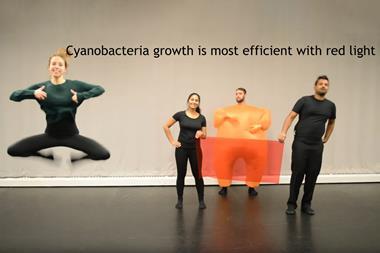
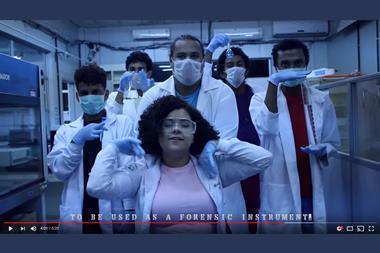
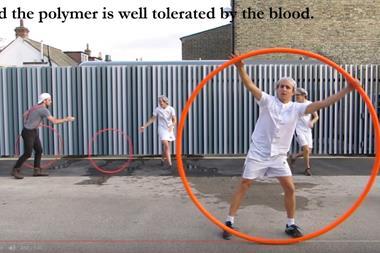






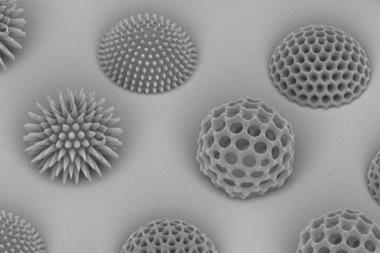
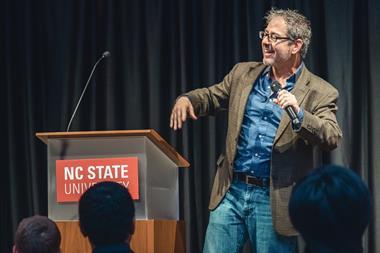











No comments yet